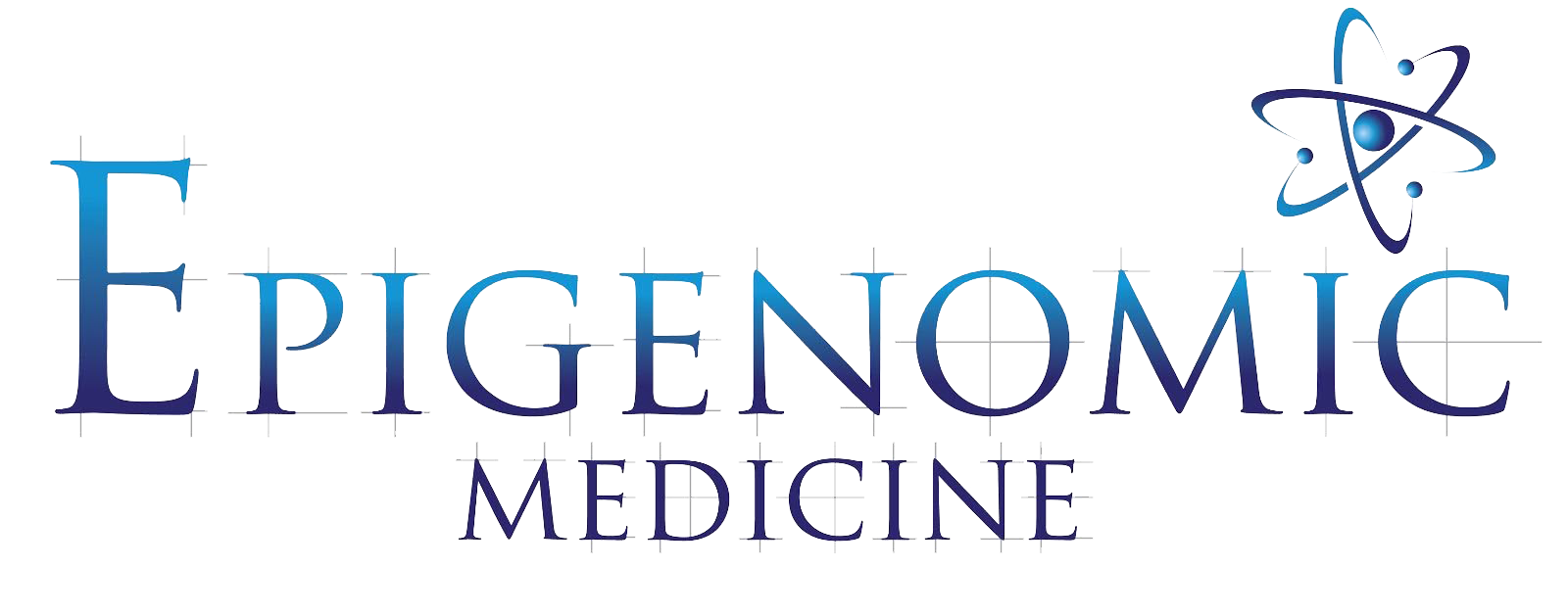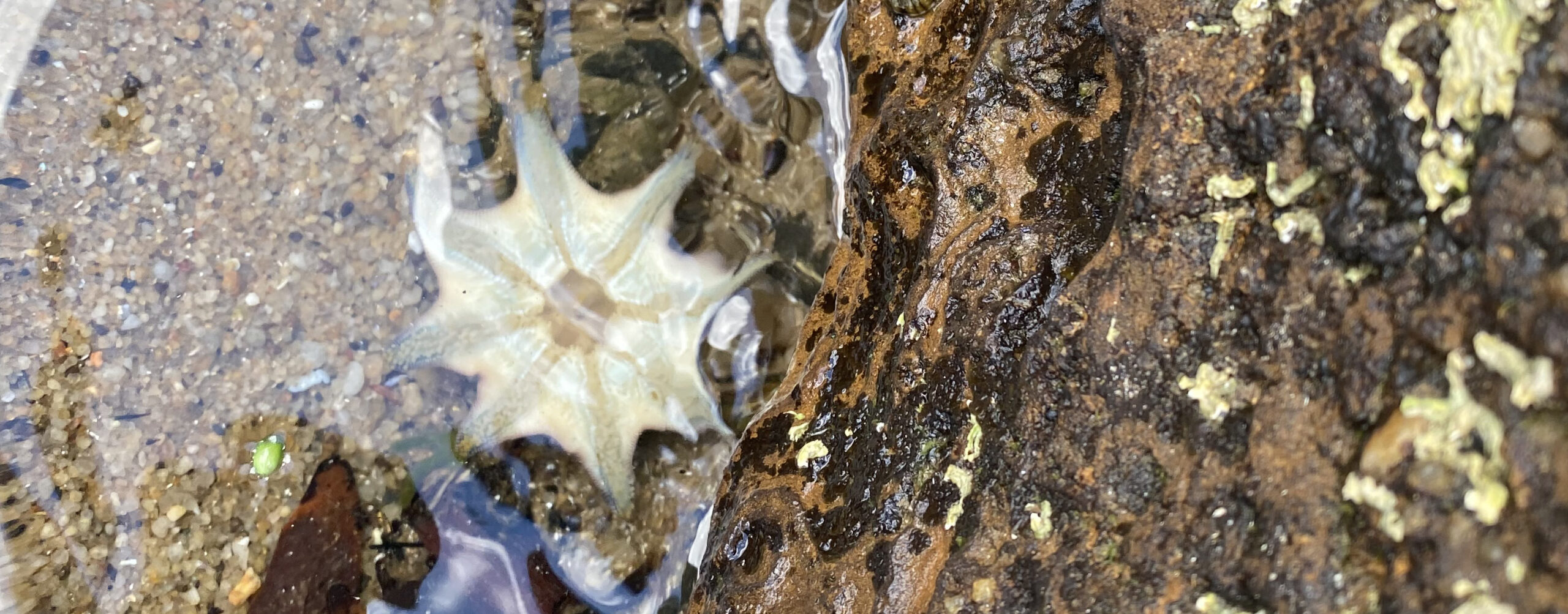and wound lesions. While primarily a respiratory illness, COVID-19 has demonstrated its ability to impact diverse bodily systems, including the skin. This essay delves into the complex interaction between COVID-19 and wound lesions, shedding light on both the direct and indirect effects of the virus on wound healing processes.
Wound healing is a sophisticated biological process involving multiple stages, including inflammation, proliferation, and tissue remodeling. During these stages, intricate cellular and molecular mechanisms collaborate to repair damaged tissue. Recent research has suggested that COVID-19 might influence wound healing processes, either by directly affecting wound lesions or indirectly interfering with the body’s ability to heal. It is important to note that while evidence is still emerging, the potential impacts of COVID-19 on wound lesions cannot be overlooked.
Directly, COVID-19 might affect wound lesions through various mechanisms. The virus primarily targets cells with high expression of the angiotensin-converting enzyme 2 (ACE2) receptor, which is not only found in the respiratory tract but also in blood vessels and skin cells. Therefore, patients with severe COVID-19 might experience impaired blood flow and reduced oxygen supply to wound sites, hindering the healing process. Additionally, the cytokine storm—a hallmark of severe COVID-19 cases—can lead to systemic inflammation, further disrupting wound healing by disrupting the balance of pro-inflammatory and anti-inflammatory signals crucial for the healing process.
Indirectly, the impact of COVID-19 on wound lesions can be attributed to the strain the virus places on healthcare systems. Overwhelmed hospitals and healthcare providers can lead to delays in wound management and care, increasing the risk of infection and complications. The emphasis on infection control measures might also alter the usual wound care protocols, potentially affecting the quality and timeliness of wound treatment. Moreover, the psychosocial stress induced by the pandemic can weaken the immune response and delay wound healing, as stress hormones negatively impact the body’s ability to mount an effective immune response.
It is worth noting that not all patients with COVID-19 are likely to experience significant alterations in wound healing. Factors such as the severity of the infection, the patient’s overall health status, and the type of wound can all contribute to the level of impact. Further research is needed to precisely elucidate the relationship between COVID-19 and wound lesions and to identify specific risk factors that might exacerbate the effects of the virus on wound healing.
In conclusion, the ongoing COVID-19 pandemic has brought to light the intricate relationship between the virus and wound lesions. While the direct and indirect impacts are still being studied, the potential for COVID-19 to influence wound healing processes cannot be ignored. Medical professionals must remain vigilant in monitoring and managing wound lesions in patients with COVID-19, considering the possible disruptions caused by the virus itself and the strains on healthcare systems. As our understanding of COVID-19 continues to evolve, so too will our comprehension of its complex interactions with various physiological processes, including wound healing.

